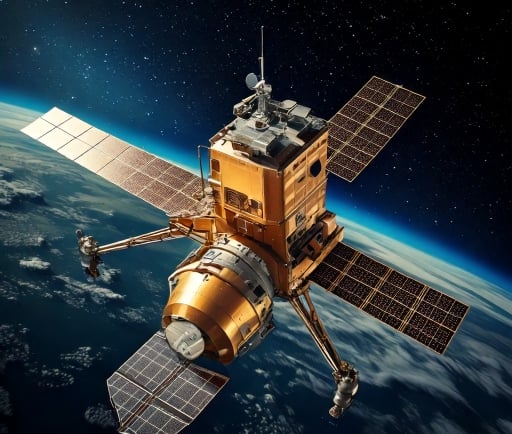China's Chang'e 6 Mission: New Insights from the Moon's Far Side


Introduction to Chang'e 6 Mission
The Chang'e 6 mission marks a significant milestone for China in lunar exploration. Launched with the objective of retrieving samples from the Moon's far side, this ambitious project aims not only to advance lunar science but also to shed light on the early history of our planetary system.
Scientific Discoveries on the Far Side of the Moon
One of the most intriguing findings from this mission is the molar moisture content of the retrieved lunar samples. Recent analyses indicate that these samples contain significantly less water than previously anticipated. This discovery offers critical insights into the geological processes that have shaped the Moon's surface over billions of years. The analysis not only enhances our understanding of the Moon's origin but also complements existing theories regarding the formation of Earth's satellite.
The Earth-Moon Collision Theory
Furthermore, the data garnered from the Chang'e 6 mission supports long-standing theories surrounding the Earth-Moon system's formation. Specifically, the findings align with the giant impact hypothesis, which postulates that the Moon was formed from the debris resulting from a colossal collision between the early Earth and a Mars-sized body approximately 4.5 billion years ago. This hypothesis has been a cornerstone of planetary science, and the new evidence from Chang'e 6 enriches the narrative, providing further geological context to the Earth-Moon relationship.
Implications for Future Lunar Exploration
The implications of the Chang'e 6 mission extend beyond the immediate findings. Scientists believe that understanding the Moon's composition and the history of water on its surface may offer vital clues to past planetary processes not only for our Moon but also for other celestial bodies. The knowledge gained can inform future exploration strategies, including potential human habitation on the Moon and prospects for utilizing lunar resources.
Conclusion
In conclusion, China's Chang'e 6 mission has significantly contributed to our understanding of the Moon's far side and its formation. By revealing the moisture content and supporting the Earth-Moon collision theory, the mission paves the way for exciting advancements in lunar science. As we continue to explore our cosmic neighborhood, such discoveries will be invaluable for enriching our knowledge of celestial mechanics and planetary evolution.
